You are going to know about the Heian period in Japanese history in this article. In this Heian period, the people saw a great flourishing in Japanese culture from literature to paintings. This Heian period had importance in Japanese culture, literature, and lifestyle from 794 to 1185. If you searched on the internet about the Heian period in Japanese history, you have come to the right page.
Here I am going to describe the Heian period in Japanese history. So don’t, without wasting any more, continue reading.
All About The Heian Period
The Heian Period is called the last division of classical Japanese history and the duration of this period is between 794 and 1185. The Heian period was named for the imperial capital location that moved from Nara to Heian-kyō (Kyōto) in 794. At a time, Buddhism, Daoism, and other Chinese influences were at their height, and the Heian period is the period of that time. The Heian period is especially noted for its art, poetry, and literature and judges the Japanese imperial court’s peak.
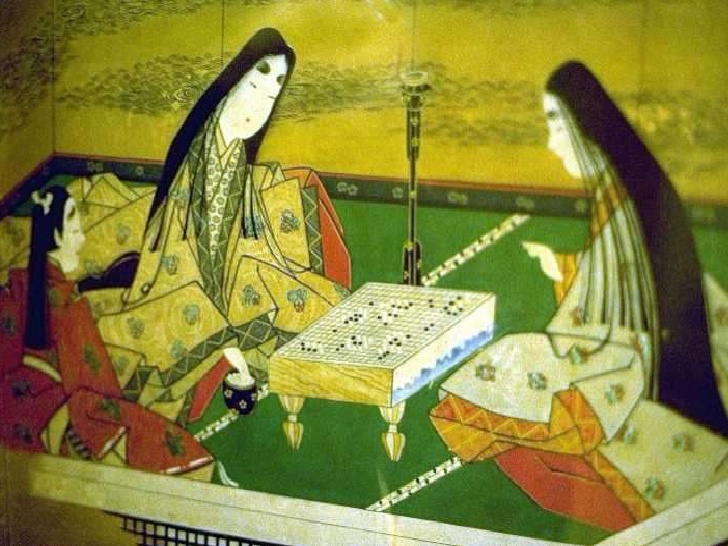
In this Heian period, the world’s first novel was introduced among the people of the world. The name of that novel is The Tale of Ganji. This famous novel was written by a Japanese lady author named Murasaki Shikibu in the early 11th century.
History Of The Japanese Heian Period
The Heian period came after the Nara period, and it began in 794 CE when the capital of Japan moved to Heian-kyō by the 50th emperor named Emperor Kanmu. First, the capital was tried to move to Nagaoka-Kyo, though, for the prompting, the emperor relocated the capital to Heian. Before admiring the generations, the Heian period was considered a high point in Japanese culture. During this period, the samurai class was first raised to take power and start Japan’s feudal period.
Culture Of The Heian Period
The Heian period was a great period of artistic and cultural development and the golden age in Japan. In this period, for making Buddhist sculptures, wood was replaced by bronze as the most common material. The Culture of the Heian Period is divided into three segments. They are Developments in Buddhism, Literature, and Beauty. Here I add a whole discussion about these three segments.
Developments Of Buddhism In Heian Period
The rise of two esoteric Buddhist sects was seen in this Heian period. They are Tendai and Shingon. Tiantai school from China had a Japanese version that was known as Tendai. This is one of the most important sutras in Mahayana Buddhism, based on the Lotus Sutra. The monk Saichō brought it to Japan, and he also sought independent ordination for Tendai monks.
A close relationship was developed between the Tendai monastery complex located on Mount Hiei and the imperial court in its new capital situated at the mountain’s foot. So that Tendai had an importance in the reverence for the emperor and the nation.
On the other hand, the Japanese version of the Zhenyen school from China is known as Shingon. The monk Kūkai brought it to japan based on Vajrayana Buddhism from Tibet. The use of symbols, rituals, incantations, and mandalas emphasized by Shingon Buddhism gave it a wide appeal.
Literature Of Heian Period
The Heian period imperial court’s official language was written in Chinese, but a boom in Japanese literature was seen in the introduction and widespread use of kana. Literacy was only common among the court and Buddhist clergy through the novel and narrative Monogatari and essay genres. Several new literary Kimigayo is the modern Japanese national anthem, and its lyrics were written in the Heian period.
The Pillow Book was also a popular novel written by Sei Shōnagon during the Heian period in the 990s. The quotidian capital lifestyle was revealed in this novel. Ariwara no Narihira, Ono no Komachi, Izumi Shikibu, Murasaki Shikibu, Saigyō, and Fujiwara no Teika were the most successful poetry in the Heian period.
The Heian Period Beauty Practice
Beauty was considered one of the most important parts of the Heian period, making one a good person. Before Ohaguro’s term, aristocratic men and women in Japan powdered their faces and blackened their teeth in cosmetic terms. The male courtly idealized a faint mustache and thin goatee when women’s mouths were painted small and red. They plucked or shaved and redrawn higher their eyebrows on the forehead. Junihitoe is a twelve-layered robe included in courtly woman’s formal dress, and they cultivated shiny, black flowing hair.
Feeling bearing? Ok, it’s enough for today. This whole article has added so much important information about the Heian period’s history and culture. For making this article, I took some help from some valid sources. Though there is always have a possibility of making mistakes. If you can find any wrong information in your reading period, please take it to your kind attention and leave a comment in the following comment box. Because your comments are always important to me, stay linked with our website for getting more updates. If you want to know more about Japanese history then; read about the next period The Kamakura Period

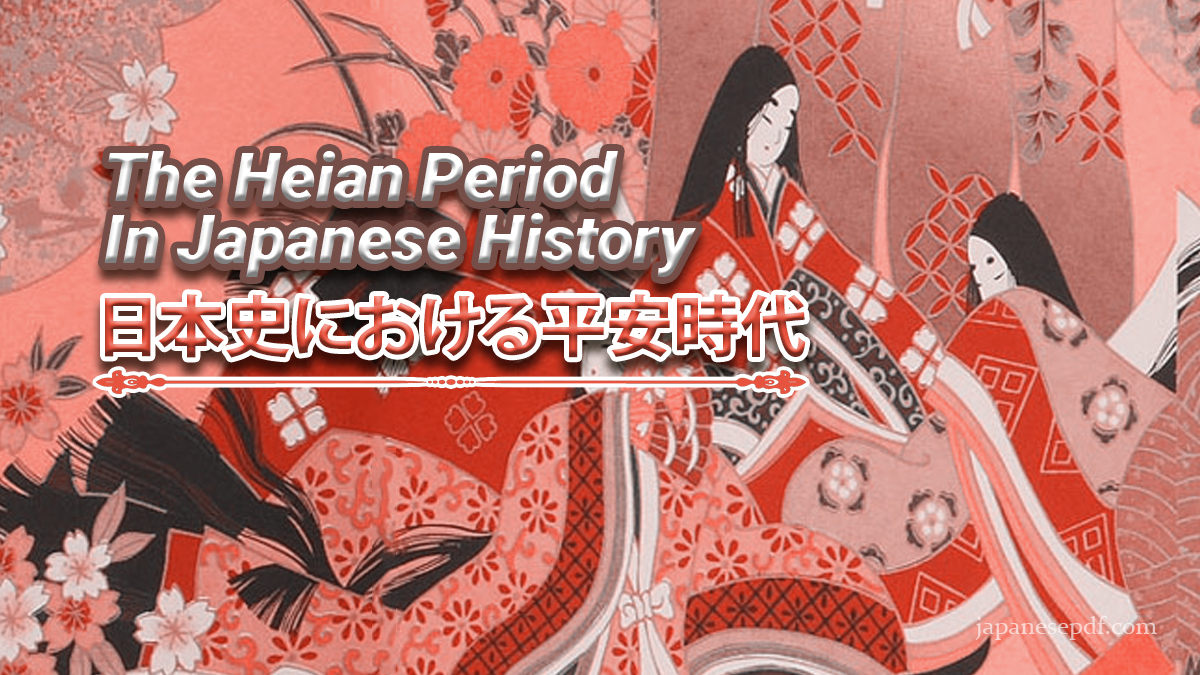
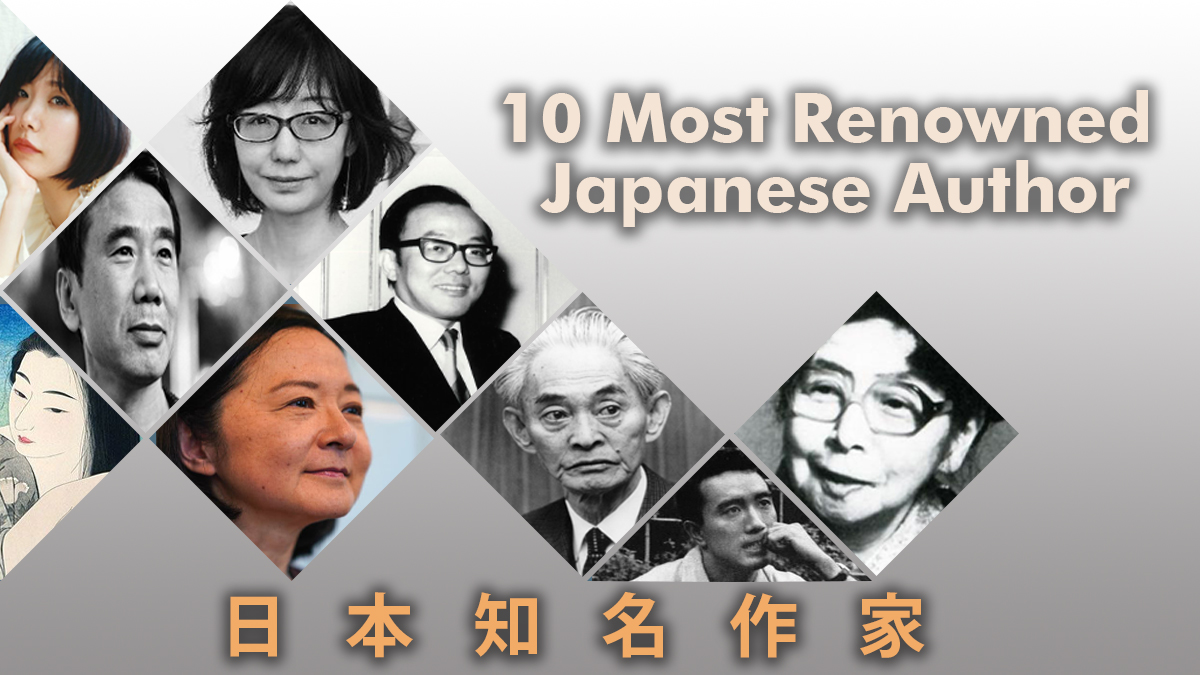
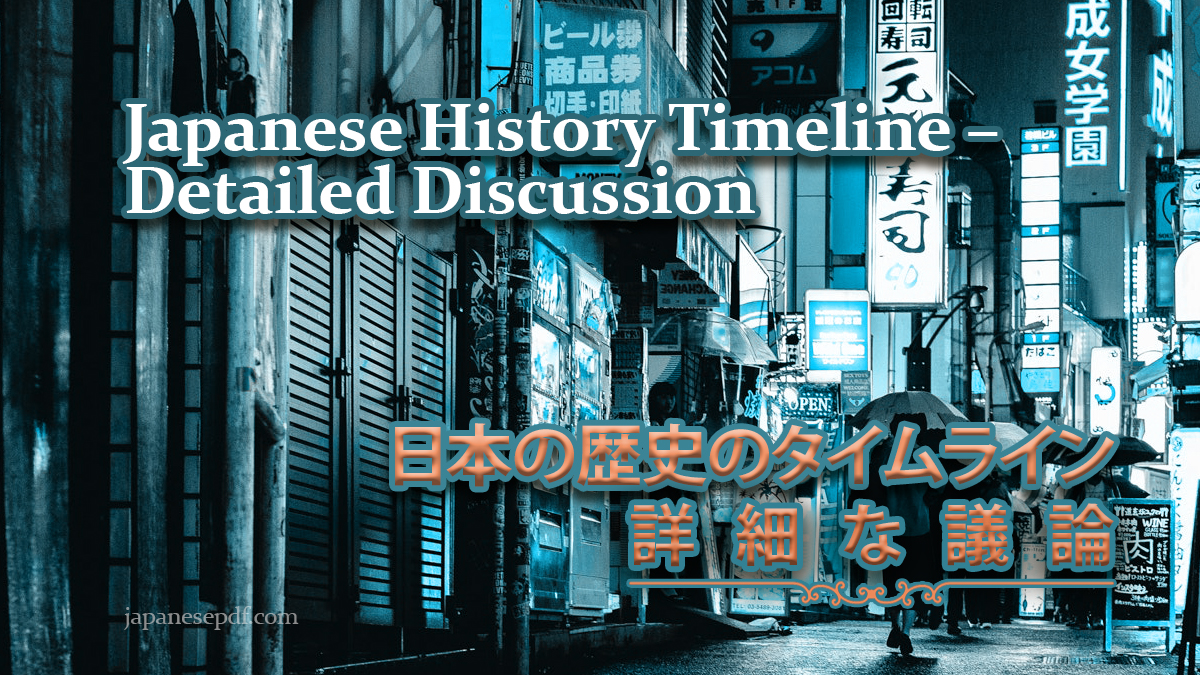
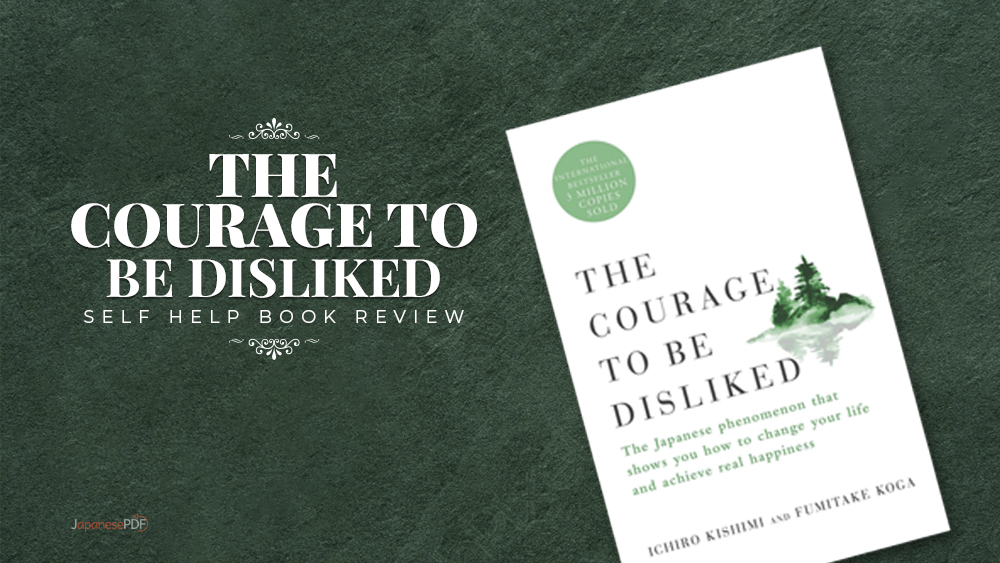
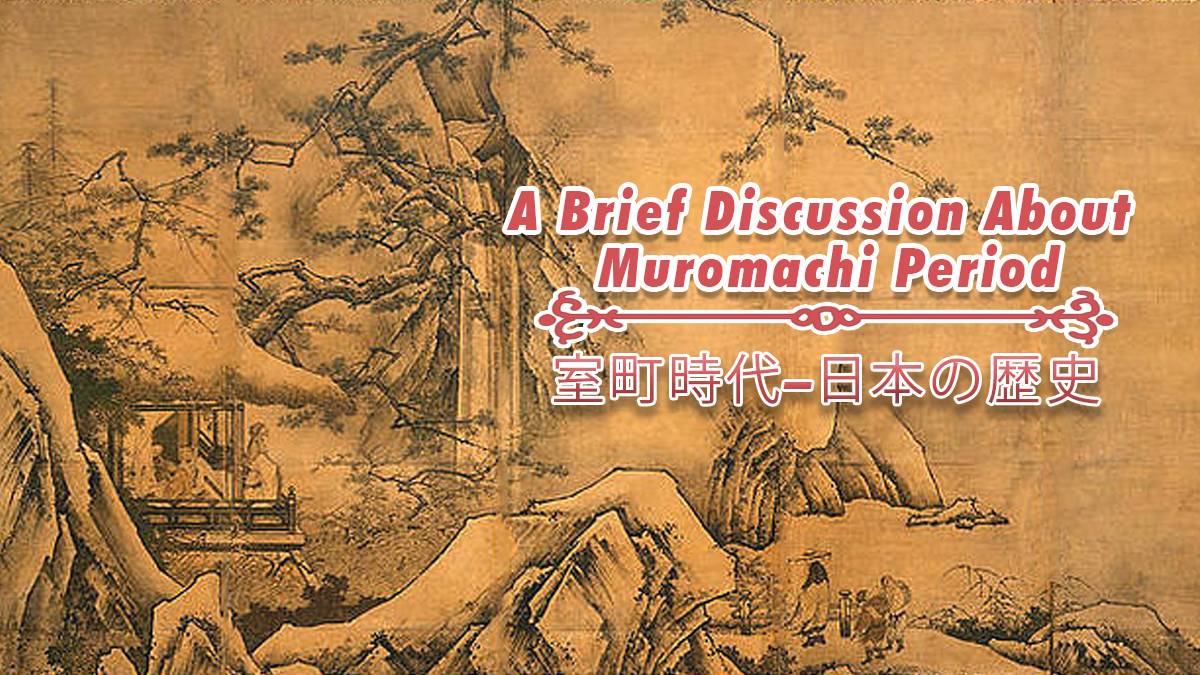
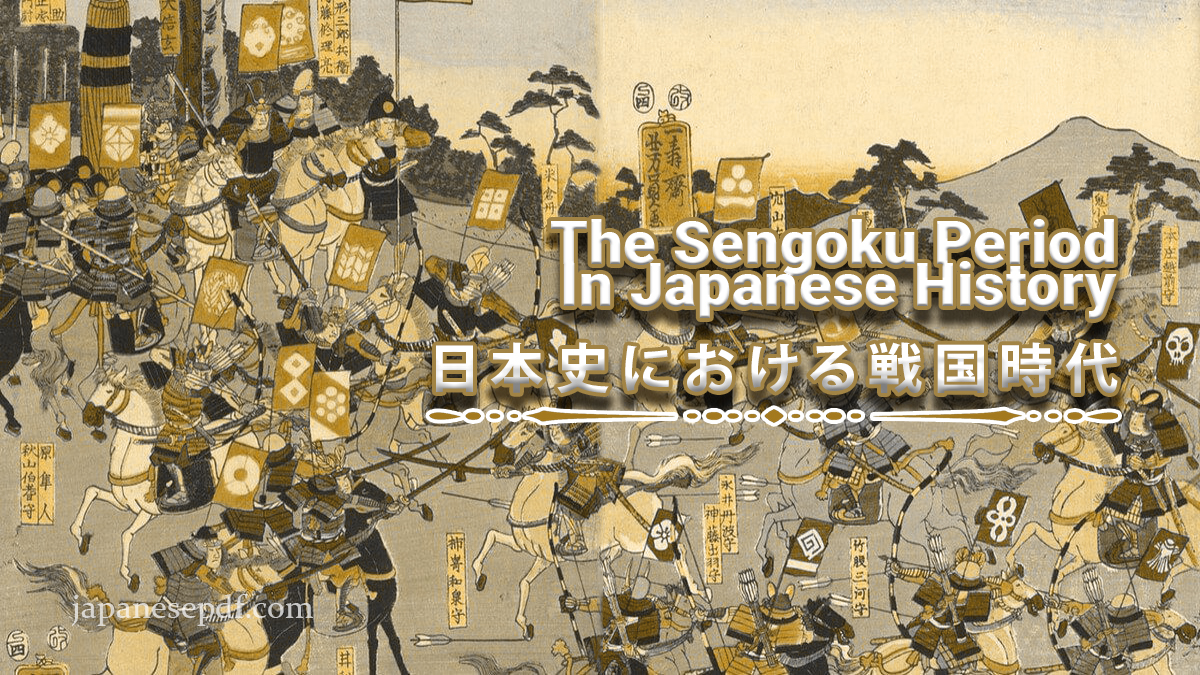
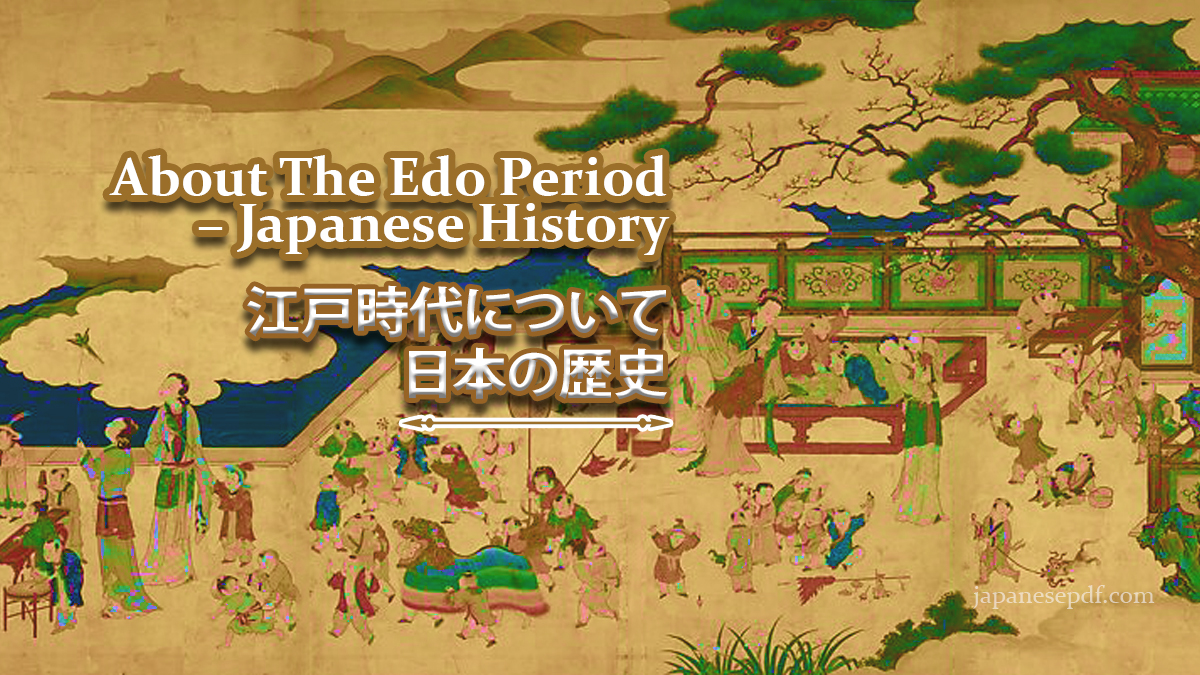
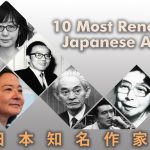
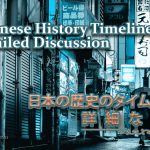

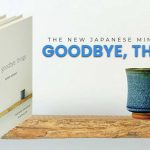

Comments